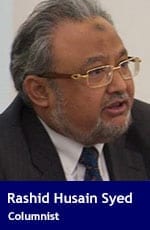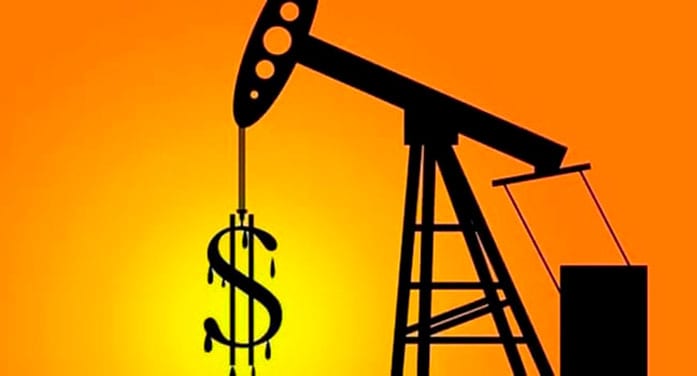 Crude oil markets are hot. Prices are up and the US$75 line has been breached. Chatter about oil touching US$100 is getting loud and clear.
Crude oil markets are hot. Prices are up and the US$75 line has been breached. Chatter about oil touching US$100 is getting loud and clear.
Global oil consumption is getting closer to the pre-pandemic levels. The bleak clouds hanging over the crude oil horizon are beginning to dissipate.
Industry eyes are again on the Organization of Petroleum Exporting Countries, and Russia and their allies in OPEC+. What will be their next move on July 1?
Easing output seems certain. The question is, to what extent?
The world needs more oil and that’s a major turnaround from this time last year.
Tight discipline within OPEC+ has contributed significantly to the emerging scenario. Producers are benefiting.
Saudi Arabia is a clear example of changing fortunes. The financial balance sheet of the country, the world’s largest crude exporter, seems to moving out of the pandemic limbo that led to the market bottoming out. Its oil-based economy is showing signs of life. Saudi oil exports in April reportedly increased 109 per cent year over year to 51.7 billion Saudi riyals (US$13.79 billion).
Yet headwinds are holding back OPEC+. A lot seems to depend on the outcome of the ongoing talks between the United States, its allies and Iran on reviving the 2015 nuclear deal. The volume of oil to be added from Iran in the event of a deal is crucial to their calculations.
At the negotiating table, a battle of wits is on. The final push for the deal is being made, with plenty of leveraging. Some feel the revival of the 2015 nuclear deal may be just around the corner. Both sides surely want a deal – on their terms.
Conflicting signals are emanating from the respective camps about the possibility of a deal and its timing.
Analysts insist Iran would prefer a deal before its newly-elected hardline president-to-be Ebrahim Raisi takes office in August. This would let Raisi take the credit for the expected economic boom post-deal and allow any blame to fall on departing President Hassan Rouhani if the situation deteriorates.
Reuters, citing Mahmoud Vaezi, the chief of staff for Rouhani, has reported that the United States has agreed to lift all sanctions on the Iranian oil and shipping industries and to remove several senior officials from a blacklist.
“An agreement has been reached to remove all insurance, oil and shipping sanctions that were imposed by (former U.S. President Donald) Trump,” Iranian state media quoted Vaezi as saying.
But the U.S. State Department refutes Vaezi’s statement. They don’t want to show their cards yet.
“During negotiations of this complexity, negotiators try to draft text that captures the main issues but again, nothing is agreed until everything is agreed,” a State Department spokesman told Reuters.
The U.S. and France have jointly warned Iran that time is running out to return to a nuclear deal. Western nations involved in the negotiations want to push Iran as much as possible before closing any deal.
So the pressure is building.
Until a deal is reached, OPEC+ strategies remain confused and circumspect. The members are on their toes, watching the short-term contours of the crude oil markets.
Toronto-based Rashid Husain Syed is a respected energy and political analyst. The Middle East is his area of focus. As well as writing for major local and global newspapers, Rashid is also a regular speaker at major international conferences. He has been asked to provide his perspective on global energy issues by both the Department of Energy in Washington and the International Energy Agency in Paris. For interview requests, click here.
The views, opinions and positions expressed by columnists and contributors are the authors’ alone. They do not inherently or expressly reflect the views, opinions and/or positions of our publication.
© Troy Media
Troy Media is an editorial content provider to media outlets and its own hosted community news outlets across Canada.


